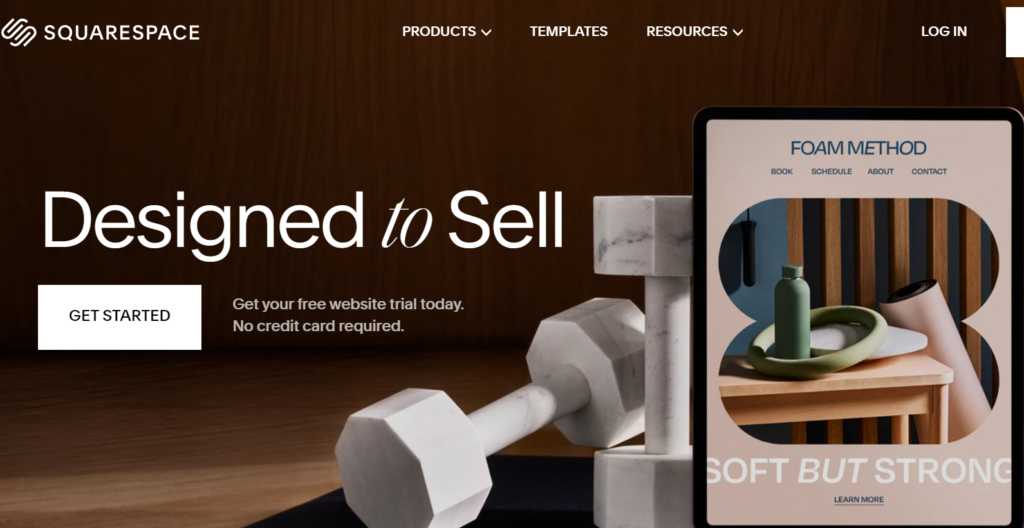
Introduction to the Importance of a Business Website
In today’s digital age, having a business website isn’t just an option; it’s essential. Whether you’re a budding entrepreneur or running an established company, your online presence can significantly impact your success. A well-designed website serves as the face of your brand and is often the first interaction potential customers have with your business.
Imagine walking into a store that looks outdated and cluttered. You’d probably turn around and leave, right? The same principle applies to websites. A professional site builds trust, showcases your products or services, and attracts new clients 24/7. Building a website might feel daunting at first, but don’t worry! This guide will walk you through each step—from planning to launch—ensuring you create an engaging online experience tailored to your audience’s needs. Ready to dive in? Let’s get started!
Planning Your Website – Identifying Your Audience and Goals
Planning your website begins with understanding who you want to reach. Identifying your audience is crucial. Ask yourself: Who are they? What do they need?
Create buyer personas that capture the demographics, interests, and pain points of your target market. This will guide your content and design choices.
Next, define clear goals for your website. Are you aiming to generate leads, sell products, or provide information? Each goal requires a different approach in layout and functionality.
Consider how visitors will navigate through your site as they seek information or services. Tailoring user experience based on their needs can significantly enhance engagement.
Research competitors too; see what works for them while pinpointing opportunities for differentiation. Understanding both audience and objectives sets a solid foundation for building a successful business website.
Choosing the Right Platform for Your Website

Selecting the ideal platform for your website can make or break your online presence. It’s essential to assess your needs and capabilities before diving in.
Start by considering ease of use. If you’re not tech-savvy, look for platforms that offer intuitive interfaces. A user-friendly dashboard can save you hours of frustration.
Next, think about scalability. Your business may grow over time, so choose a platform that allows room for expansion without requiring a complete overhaul later on.
Don’t overlook design flexibility either. Look for options that offer customizable templates and features to reflect your brand’s personality effectively.
Budget matters too. Some platforms have hidden costs related to hosting or plugins—be sure to factor these into your decision-making process as well.
Designing Your Website – Tips for User-Friendly Navigation and Aesthetics
Creating an engaging website goes beyond just pretty pictures. You need to ensure that users can navigate easily. Start by organizing content logically. Use clear categories and subcategories so visitors find what they’re looking for without frustration.
Choose a consistent color scheme and font style. This helps establish brand identity while keeping users focused on your message. Avoid clutter; white space is crucial for readability and comfort.
Incorporate intuitive navigation menus, ideally located at the top or side of pages. Dropdowns can be helpful but keep them simple—too many options can overwhelm visitors.
Make sure buttons are easily identifiable, using contrasting colors to grab attention. Responsive design is essential too; check how it looks on mobile devices since many users browse from their phones.
Don’t forget about accessibility features like alt text for images and keyboard navigability, ensuring everyone has a positive experience on your site.
Our Recommendation: Squarespace Website

When it comes to building your business website, choosing the right platform is crucial. Our recommendation for an all-in-one solution is Squarespace. This user-friendly platform offers everything you need to create a stunning site without any coding knowledge. Squarespace provides beautiful templates that are easily customizable. You can tailor your website’s design to reflect your brand’s personality and values. The drag-and-drop interface makes it simple to arrange elements as you see fit.
Moreover, Squarespace is optimized for both desktop and mobile devices. With responsive designs, your site will look great on any screen size, ensuring a positive experience for all users. The built-in SEO tools help improve your visibility online, driving traffic to your site from search engines. Plus, their robust analytics provide insights into visitor behavior so you can make informed decisions about improvements and adjustments.
Whether you’re starting a blog or running an e-commerce store, the features offered by Squarespace cater to various needs with ease and efficiency. It simplifies the process of getting online while allowing you the freedom to focus on what really matters—growing your business.











